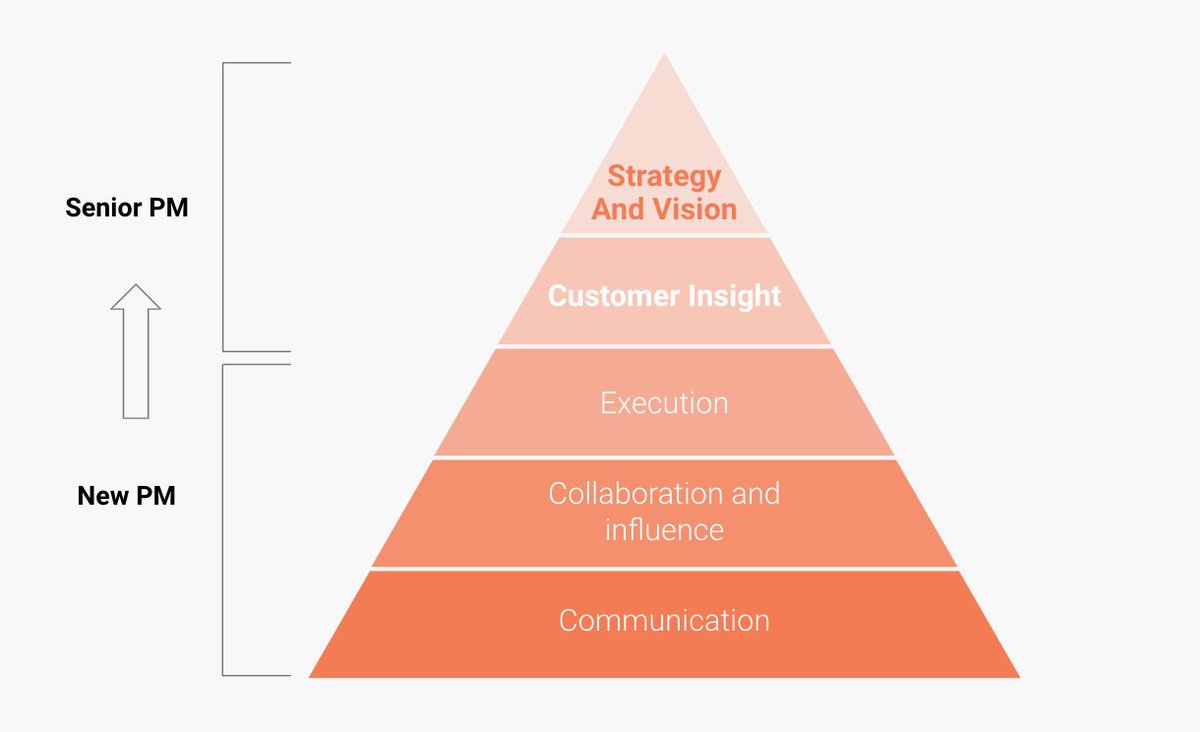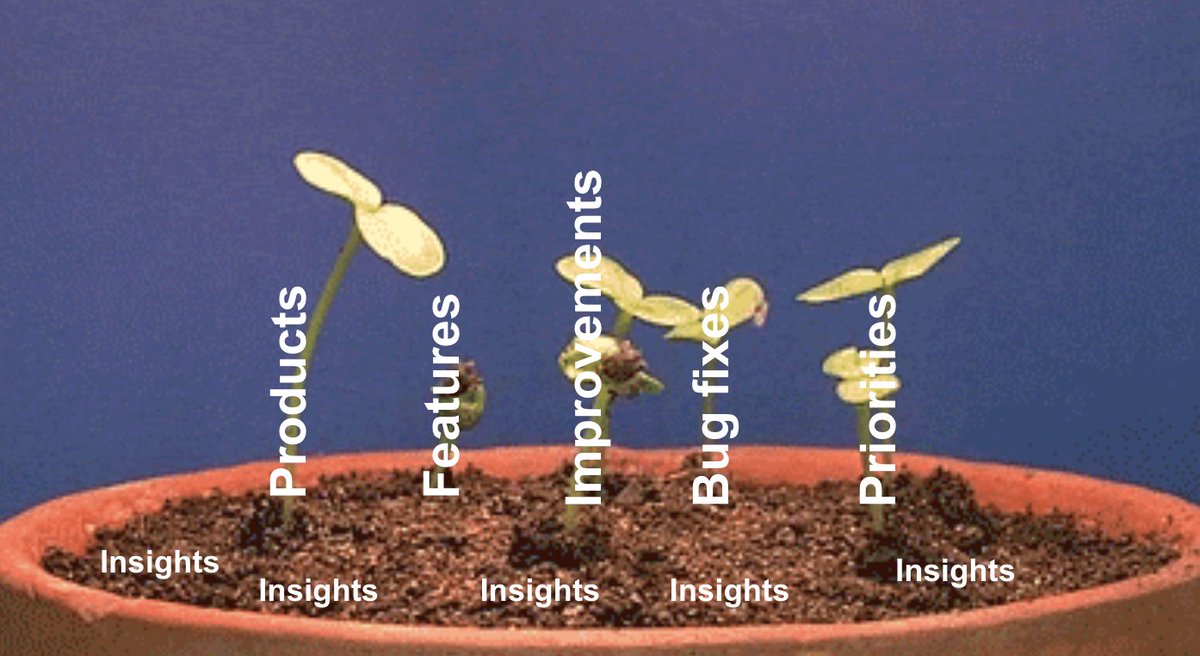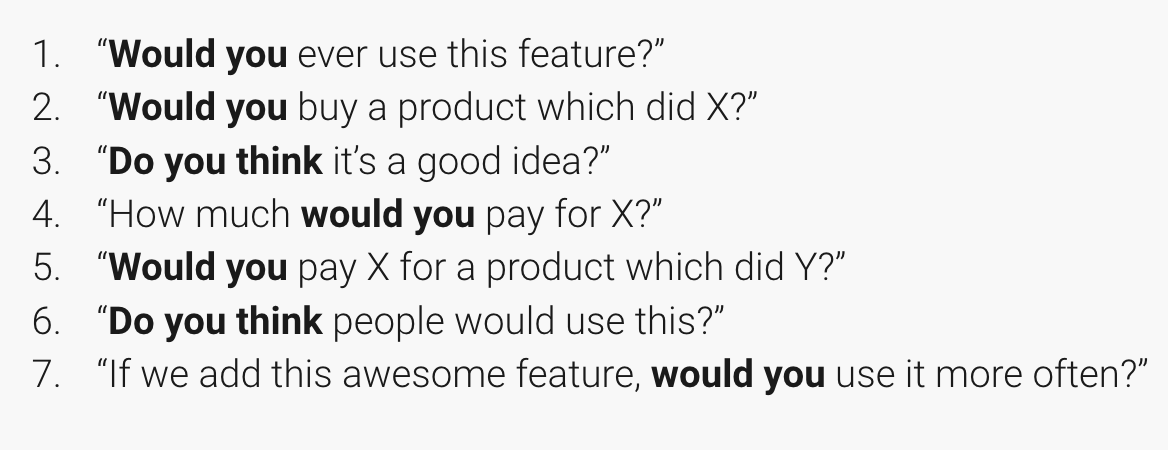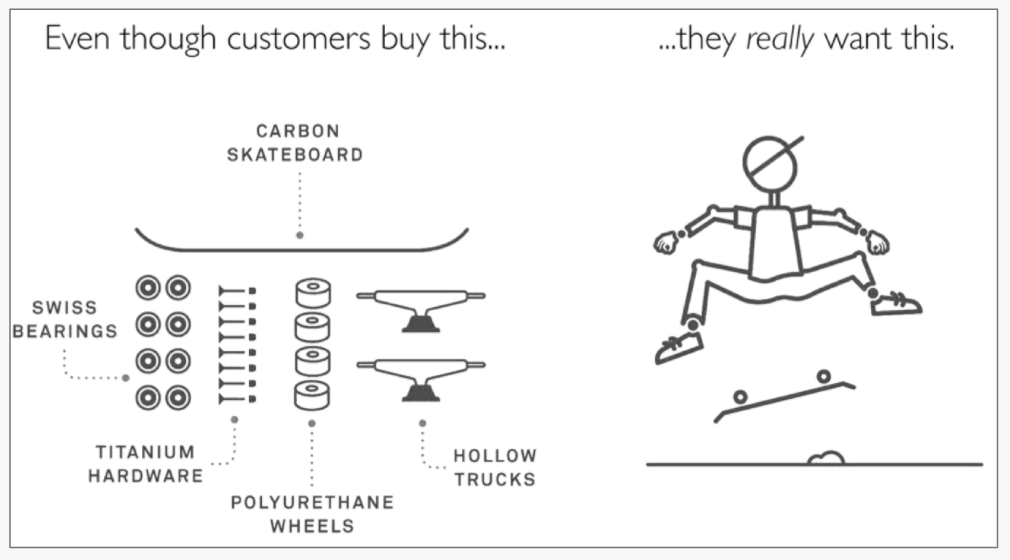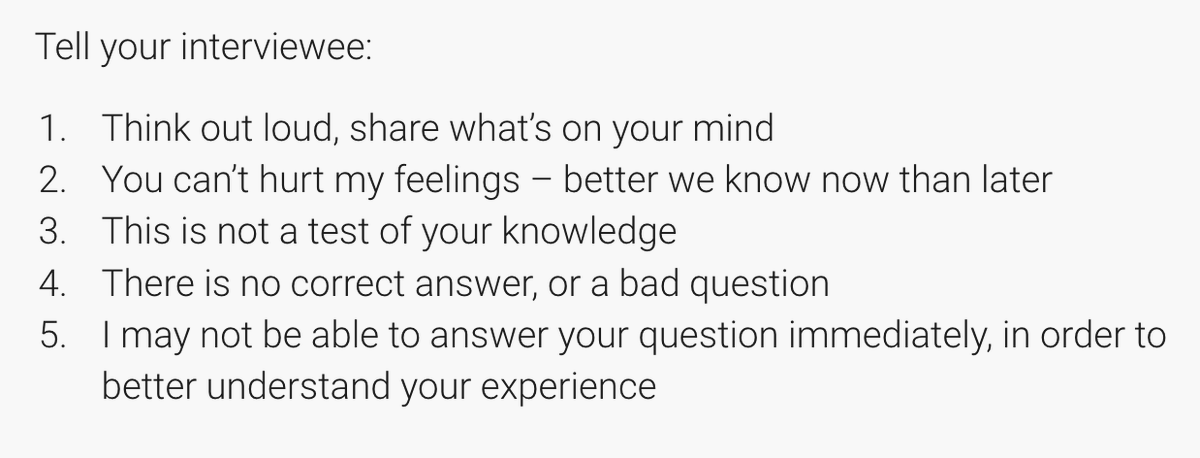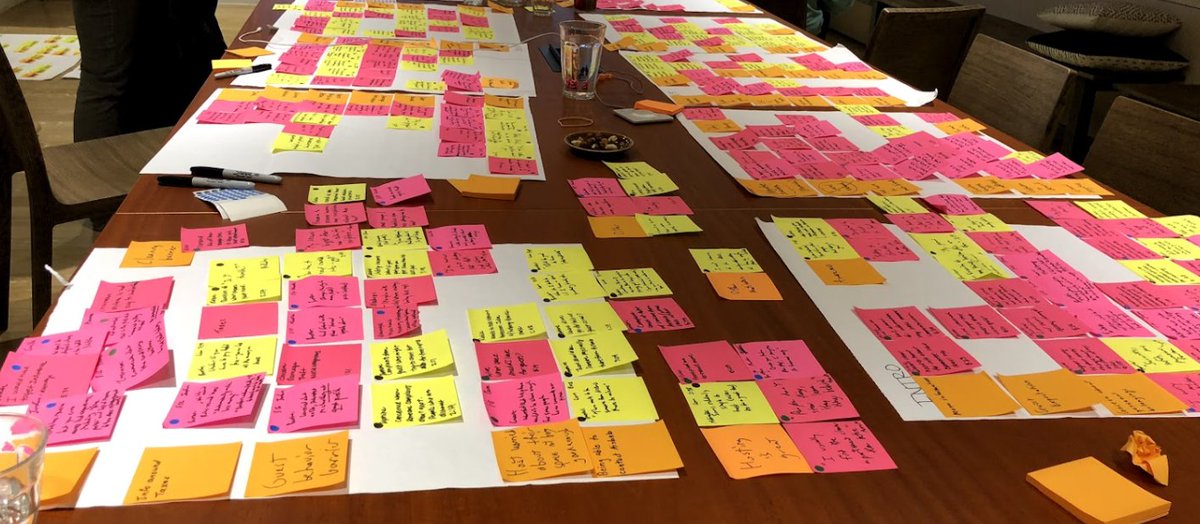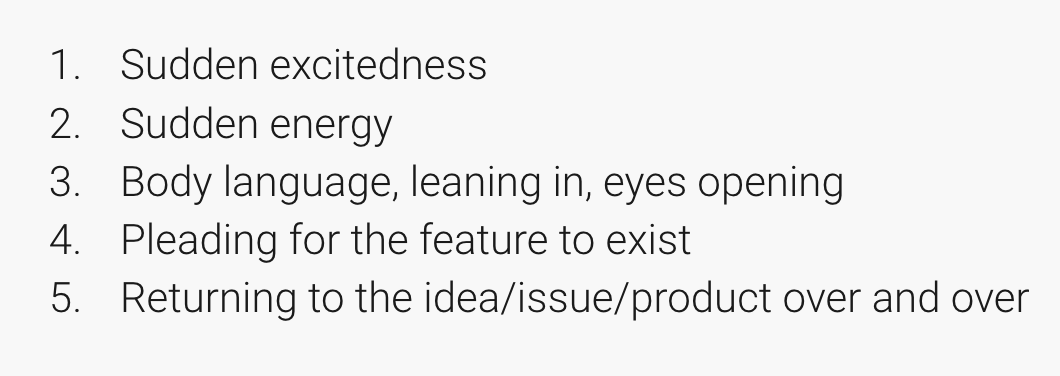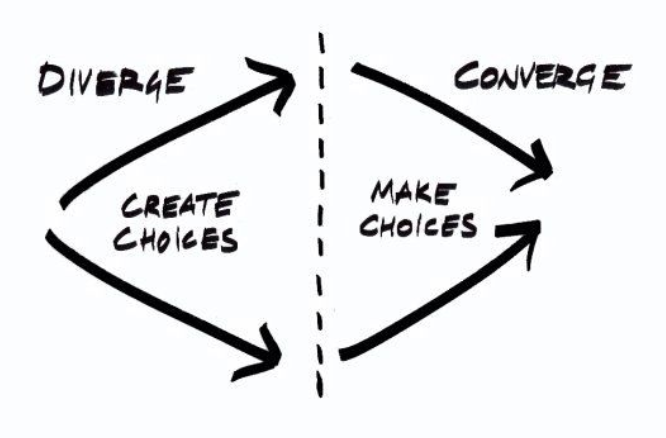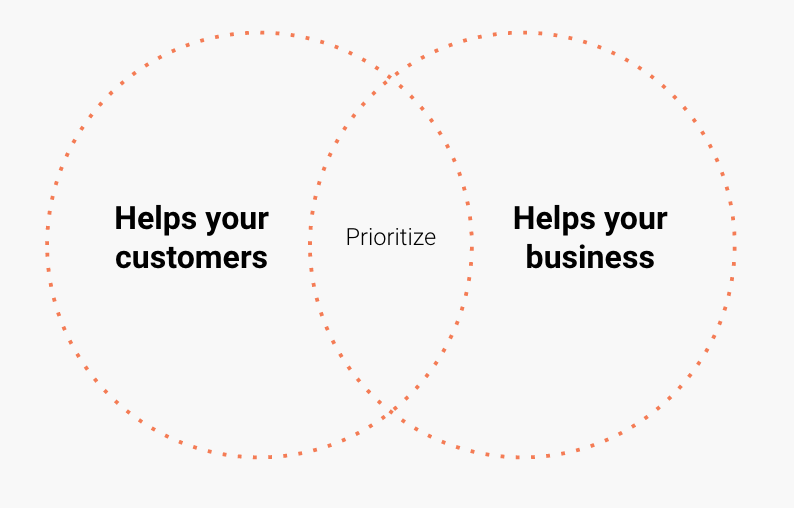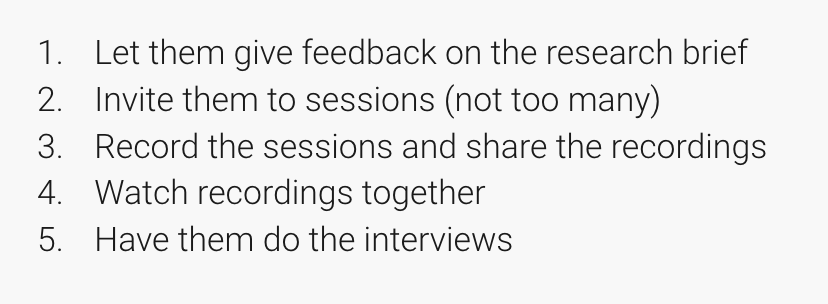💪 Extracting customer insights is the skill that most separates new PMs from senior PMs, going beyond “how to build product” and into figuring out “what to build.”
🌱 Strategy and vision are rooted in insights about your customers. Customer insights are like the seeds of what you're building.
🤒 You win by reducing your customers' pains. People pay you to solve their pain points-- so you want to focus on gathering insights about their pain points, not just about what your customers want or need.
🌟 Goal: Identify (accurate and important) customer pain points.
Examples of pain points solved:
💁 Easy, right? 😉 Coming up: five ways to get accurate and important insights about customers’ pain points.
🗣️ 1. Talk to your customers! It sounds obvious and PMs hear it a lot, but many either don't do this or don't do it frequently enough. Actually do it!
Getting out of your office and talking to customers helps you start to see that many of the assumptions you had about the world, your product, your users, were wrong.
Three tips for getting out of your office:
1️⃣ Pick a few key customers and build a direct relationship with them.
2️⃣ Systemize. Schedule a weekly "customer lunch," bring in a rotating customer.
3️⃣ Participate. Join already-happening conversations (e.g. CX calls, meetups, etc.)
Who to talk to, in priority order:
⚒️ Popular User Research Tools:
💡 Don't over think it. Find ways to talk to customers!
You don't need to talk to tons of customers. Talking to 5-8 people will usually get you 80-90% of the insights you’re going to get from customers, when you’re focused on a specific area.
🤞2. Don’t trust your customers.
Your customers will deceive you (not on purpose). Customers are deceiving you because they are deceiving themselves.
Why customers lie (not on purpose):
Easy rule of thumb:
Past behavior ✅
Future behavior ❌
Do not ask people what they will do. Ask “how have you used this in the past?” NOT “Will you use this?”
Pay attention to: (1) what they actually do and (2) their pain points.
@robfitz in The Mom Test says it well: “Anything involving the future is an over-optimistic lie.”
Examples of bad questions from The Mom Test ("would you," "do you think," notice they are focused on future behavior):
Examples of good questions from The Mom Test (focused on pain points, past behavior):
Remember, your goal is to deeply understand your customers’ pain points. That’s why great PMs are always listening for the underlying why.
🛹 The Jobs to be Done (JTBD) framework can force you to think about the underlying why. The core idea is to think about what job your customers are hiring your product to do.
The Jobs to be Done Examples:
💡 The question you want to have on your mind as you talk to your customers is: “very practically, what job is my product doing for people?”
👂 3. 80/20 Listen vs. Talk
Simple rule of thumb: listen 80% of the time, talk 20%
Start by creating a safe space for listening. Here's a template for beginning the interview and creating that space:
Use the TEDW technique to ask questions:
"Tell me more…"
"Explain…"
"Describe…"
"Walk me through…"
Act like a therapist: keep the interviewee talking.
“What do you think that does?”
“What’s confusing about it?”
“Why are you trying to do that?”
“How would you do that?”
“What do you want to do next?”
Do not: Tell people the answer, explain your rationale
💡 Focus on the motivation, the pain points, and the goals your user has. Not the solution they have in mind.
Let them struggle, because that will lead you to (accurate and important) insights.
📝 4. Synthesizing.
This is how you turn all of the raw data into actual insights you can act on.
👀 Look for 2 things when you're talking to customers:
Patterns and Passion
When you’re having customer conversations, write out each of the interesting insights or observations you hear during the conversation. Get them onto post-its and lay them all out.
Cluster the notes into themes.
This surfaces patterns-- common pain points and opportunities for you to explore and solve. You can tell which issues are most consistently raised by the number of post-its in a cluster.
Second, you want to look for things that get people excited-- Passion.
To identify Passion, look for:
Next, ideate on solutions. Use the "How might we..." format. This format turns challenges into opportunities to solve.
Examples:
“How might we...better set guest expectations”
“How might we...improve co-hosting communication”
“How might we...sync with existing calendars”
After ideating, prioritize based on impact vs. effort, align the team around a problem statement, and kick off designing and building.
In prioritizing, make sure to think about what will help your business. Zero in on opportunities that will help both your customers *and* your business.
Quick step-by-step summary on synthesizing and prioritizing:
🥅 5. Have a clear goal
It's important that you have a goal with your research
Create a research plan. Here's a template:
What type of user research are you doing? Discovery, Desirability, or Usability?
💡 When doing research, always ask yourself – what will we concretely do with this information? Have a concrete plan.
👥 Bonus: Involve your team in your research!
Seeing is believing. Help your team see for themselves (rather than having to convince them of what you saw).
Ways to involve your team:
Recap
People pay you to solve their pain points.
Goal is to identify accurate and important customer pain points.
To do this:
🗣️ 1. Talk to your customers!
🤞 2. Don’t trust your customers
👂 3. 80/20 Listen vs. Talk
📝 4. Synthesize
🥅 5. Have a clear goal
👥 Involve the team
In conclusion, let’s add to our running list of “Great PM Traits”:
Great PMs are:
🗣️ Frequently talking to their customers and are always
👂 Listening for the underlying “why.”
Thanks for coming along-- that’s all, folx!
/end
